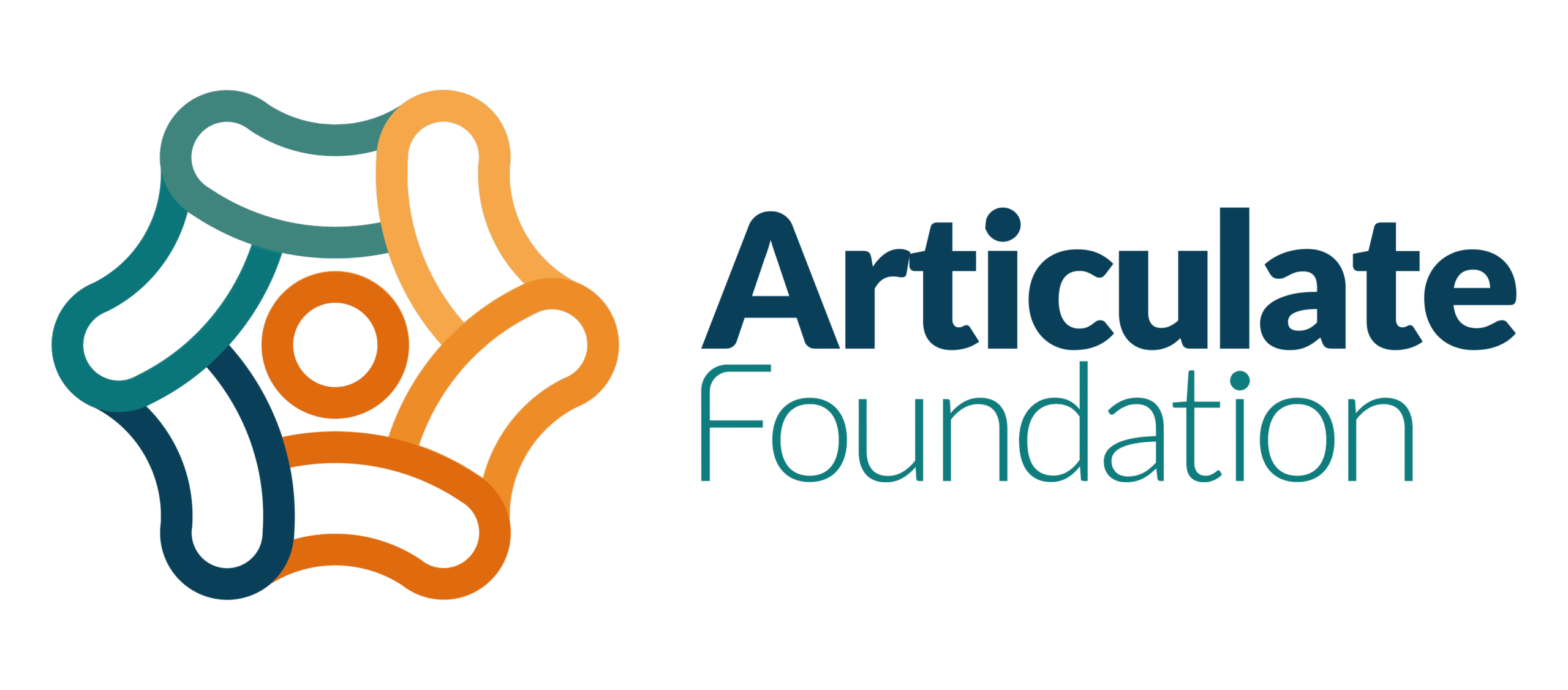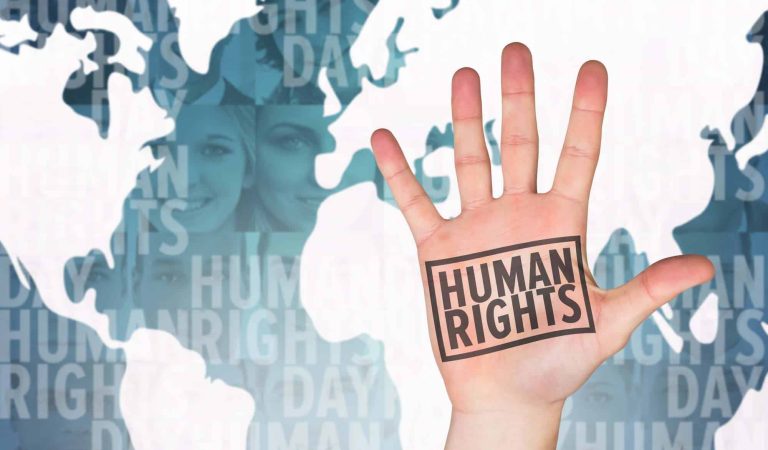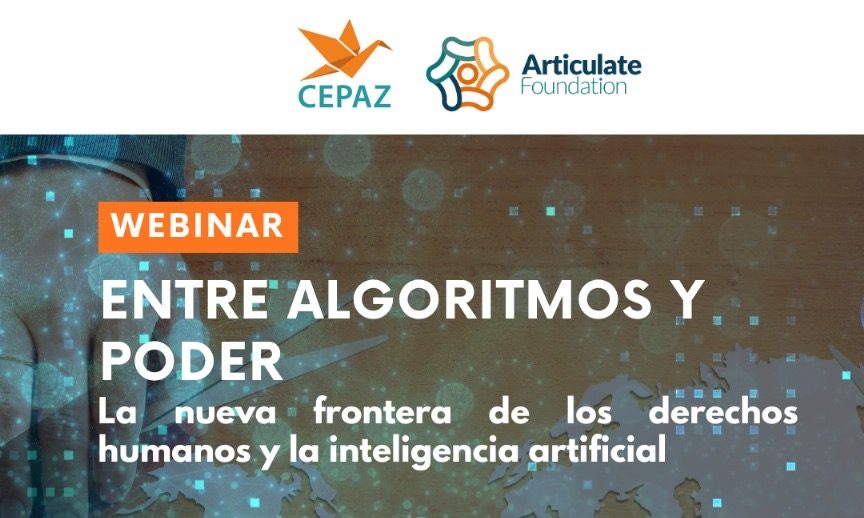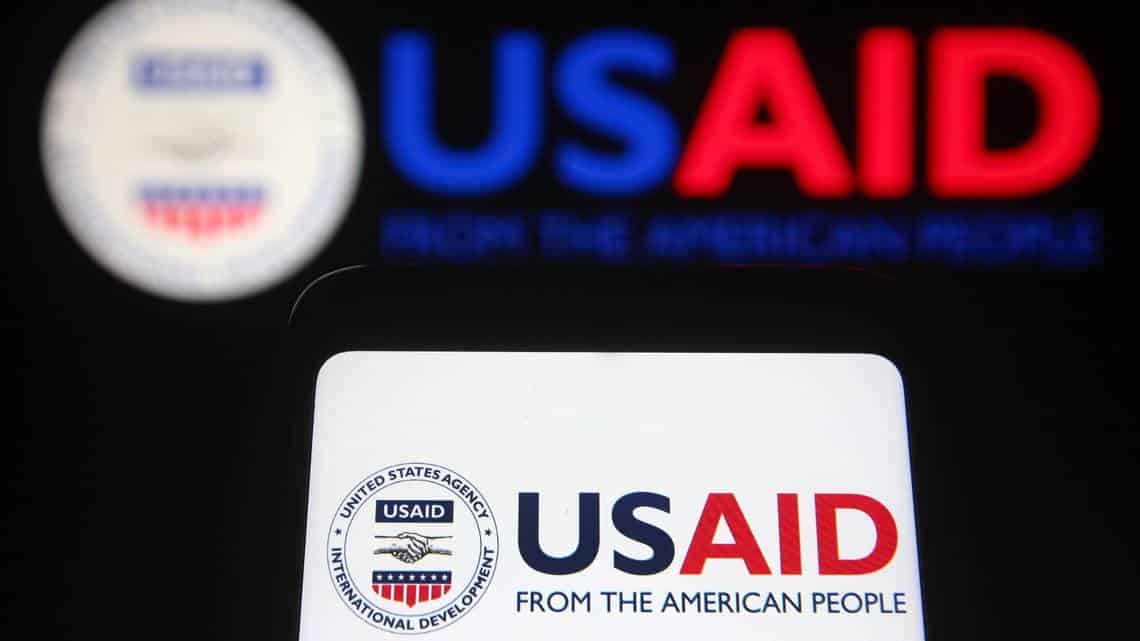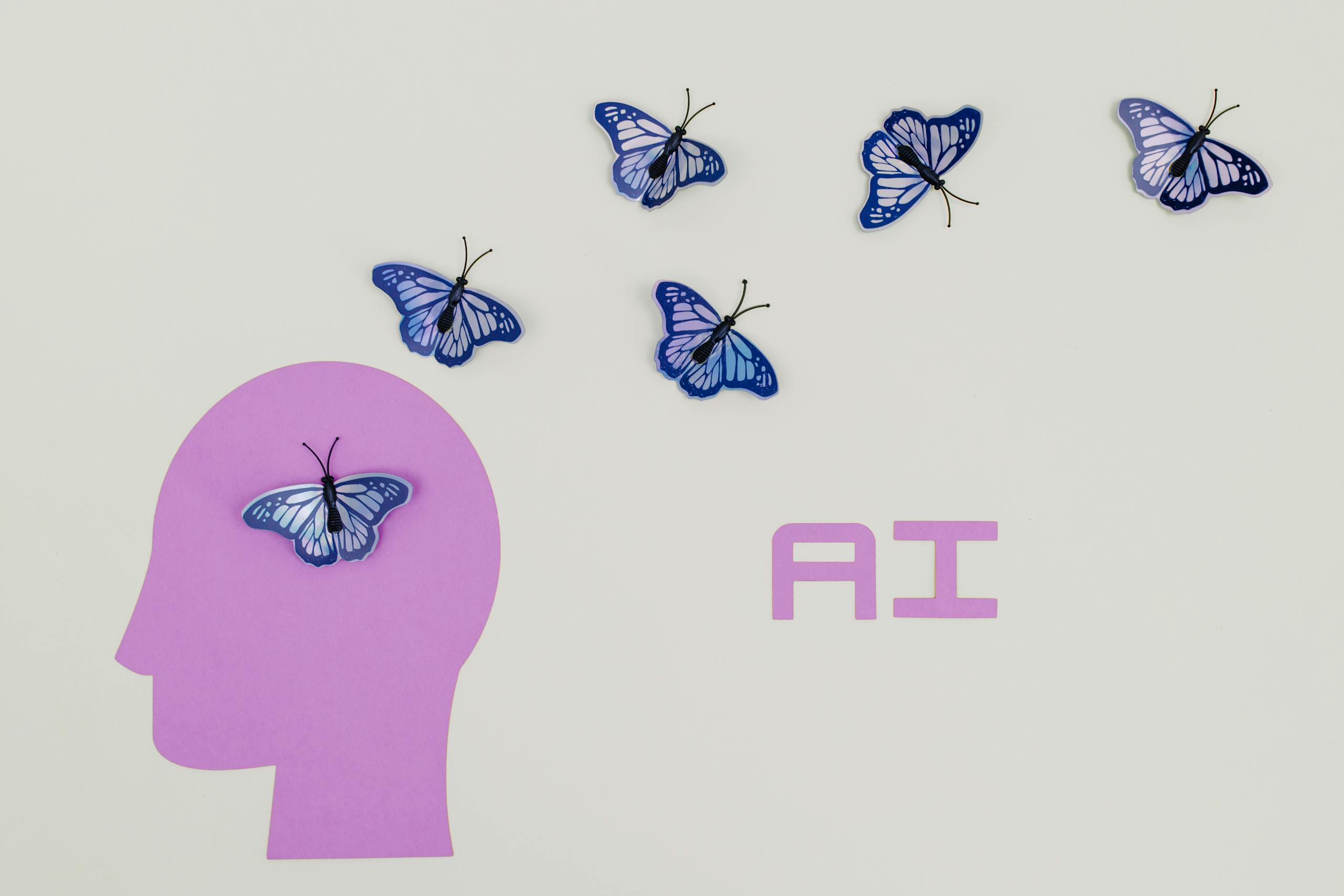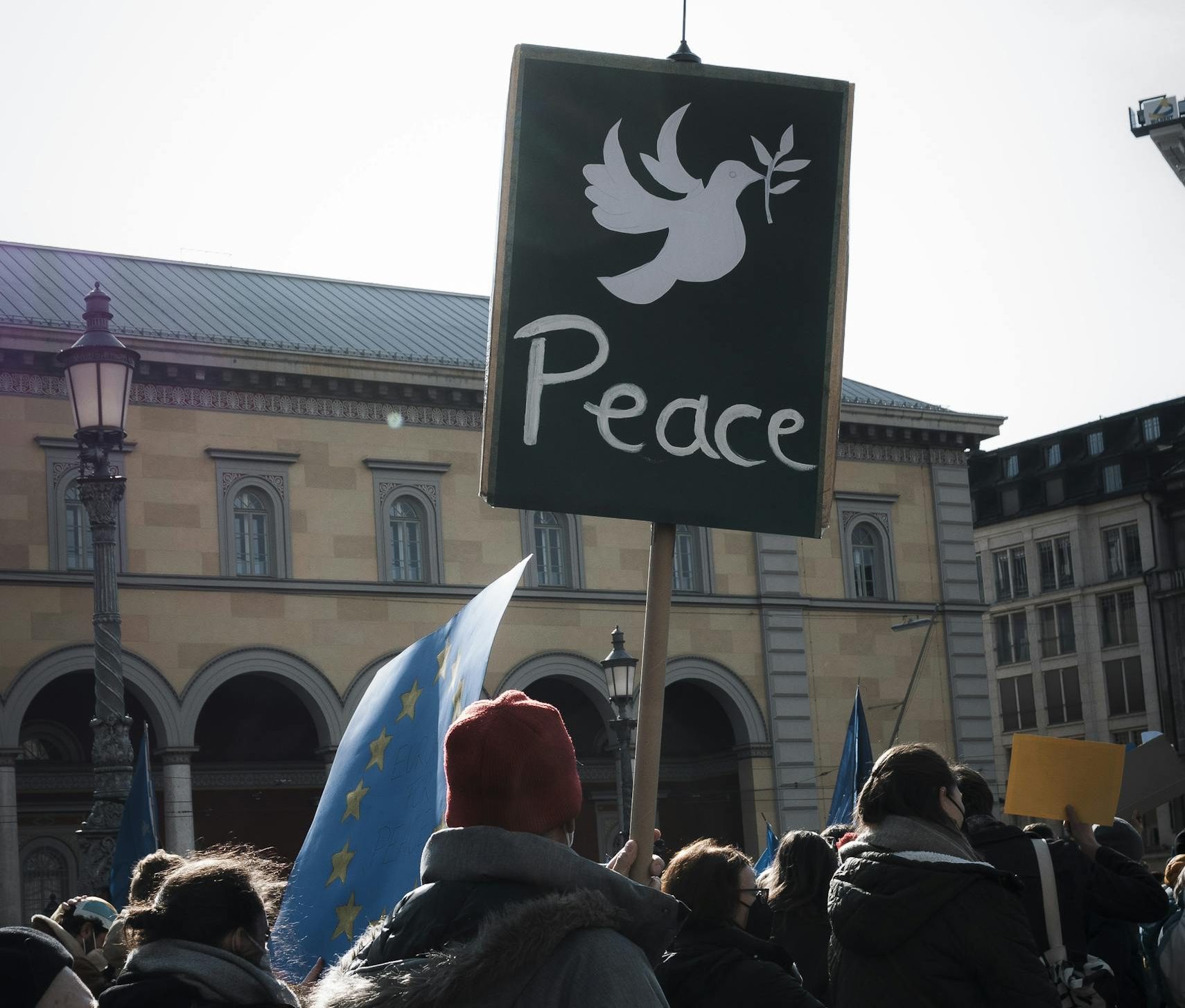The Donald Trump administration’s recent announcement to suspend funding for the United States Agency for International Development (USAID) has had an immediate and far-reaching impact on the international community. With the signing of an executive order on January 20, 2025, funding was halted for 90 days for a comprehensive review, directly affecting thousands of humanitarian aid, development, democracy and human rights programs around the world.
To put the scope of what we are facing today into perspective, we must look at the role of the United States in international cooperation worldwide. Historically, USAID has been the largest donor of humanitarian aid globally, allocating most of its budget to funding key initiatives in health, economic development, disaster relief and humanitarian assistance. The United Nations recognizes that the global system depends on US funding. The United States provides 42.3% of global aid and 54% of funding for the World Food Programme (WFP). In fiscal year 2023 alone, the US disbursed $72 billion in international aid.
The abrupt suspension of USAID funds has caused a crisis in essential services that depended on this funding. For example, it has been reported that clinics in Uganda are struggling to obtain essential HIV drugs, aid workers in Bangladesh fear the collapse of the infrastructure of refugee camps, and mobile health units in Ukraine are reportedly ceasing operations. USAID has been the main funder of the US President’s Emergency Program for AIDS Relief (PEPFAR), which has been credited with saving around 25 million lives and enabling 2.4 million HIV-free babies to be born.
The impact has not been limited to overseas; it has also hit a wide network of suppliers within the United States. Medical supply companies, agricultural producers, defense contractors, transportation companies, consulting firms and other domestic businesses operating under USAID contracts are said to be suffering unexpected cancellations of crucial activities. A considerable part of the funds allocated to these programs remained in the country, being reinvested in key sectors of the economy and generating employment for US taxpayers.
Likewise, in the field of research, many US universities have depended on funding from USAID for various projects ranging from public health, climate change, sustainable agriculture and technological development in developing countries. Dozens of institutions have received millions in grants for applied research with a direct impact on vulnerable communities and have had to pause their projects and adapt, affecting entire units, professors, researchers, administrative staff, students and, of course, the many local partners in the countries of intervention.
And although the consequences are devastating, the measure has been justified in the responsible and optimized use of the funds allocated in alignment with the interests of the United States. In fact, some critics have pointed out that USAID has had problems of oversight in the administration of funds. Just to illustrate, a report by the inspector general in 2019 had already revealed that 43% of projects completed between 2014 and 2016 achieved only half of their objectives, but the beneficiaries received the full funding anyway. OIG USAID.
This measure has triggered a chain reaction in different sectors and among various actors. Despite multiple efforts to curb or mitigate its effects, advocacy, lobbying and public outcry, the administration has maintained its stance. Hundreds of people have warned that foreign aid is not an act of charity, but a strategic tool for global stability. At the same time, the legal challenges have run their course, leading the US Supreme Court to rule that the administration could not withhold payments to aid organisations for work already carried out under existing contracts. However, despite this ruling, the government has decided to go ahead with the cuts, with no sign of backing down.
The Secretary of State and current “Acting Administrator” of USAID, Marco Rubio, has already announced that, following a six-week review, it has been decided to officially cancel 83% of USAID’s programs, reducing 5,200 contracts worth $54 billion. Rubio justified the measure by arguing that the funds did not serve US national interests and that the remaining programs would be administered under the Department of State.
What does this mean?
The departure of USAID from the international cooperation scene poses a crisis for international organizations, the non-profit sector, universities and many other actors who depended on these funds for key projects. Today, a probably incalculable number of professionals, implementers, experts, academics, activists, advocates, researchers and beneficiaries in the United States and locally in developing countries face uncertainty about the continuity of their programs. Without a doubt, the debate on the effectiveness, transparency and strategic value of international aid will continue in the coming months. What is at stake is not only the continuity of vital projects, but the very model of global cooperation in an increasingly complex world.
It may still be too early to measure the full magnitude of the impact of this decision, but the disappearance of USAID as a central player in international cooperation writes a new chapter. The reconfiguration of the foreign aid landscape could open up space for new actors or, on the contrary, increase instability in critical regions.
There is now an urgent need to diversify funding sources and to educate and empower third sector actors in these areas. This vacuum is redrawing the geopolitical dynamics of development assistance and perhaps awakening people’s sense of community and individual responsibility under a logic of decentralized and direct aid.
This may be a wake-up call for action so that in the medium and long term, international aid is reconfigured towards a more decentralized model, in which private funds, philanthropy and hybrid financing schemes make the difference. This transition will not be without its challenges, as the absence of a player of USAID’s size will lead to fragmentation in the global humanitarian response and a redefinition of the agenda. However, it is a time like no other to reflect on methodologies and strategies and to activate a new generation of change.
